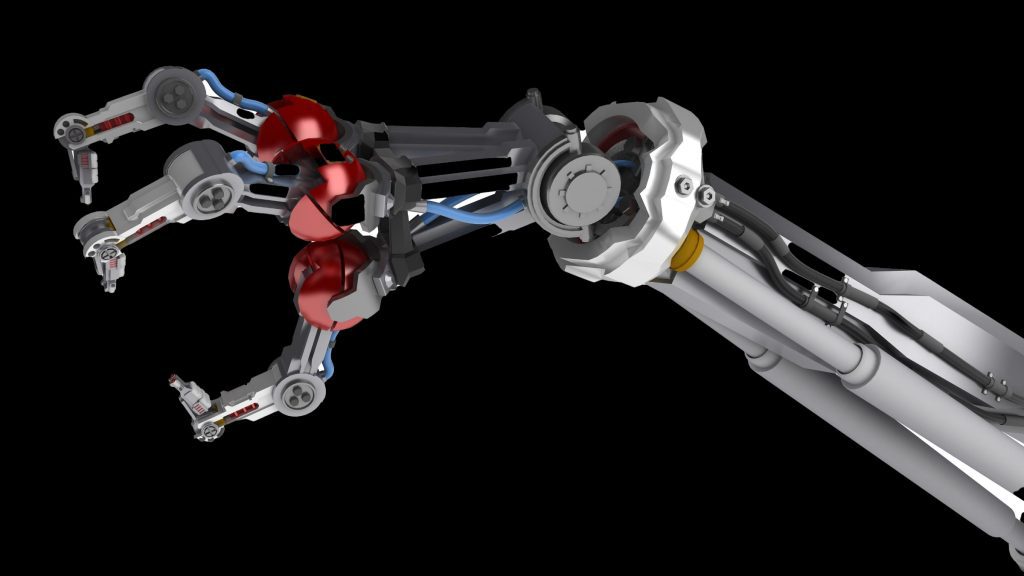
MIT CSAIL has designed an artificial intelligence system that helps robots better identify objects and handle them with appropriate care.
- It learns from past experiences in picking up objects and uses this information to make better decisions.
- When tested with weighted blocks, it outperformed other systems that only considered the shape of an object.
MIT’s Computer Science and Artificial Intelligence Laboratory (CSAIL) has designed the Grasping Neural Process, an AI system that helps robots interact with objects better.
Imagine a silhouette of a cubic object. It could be a wooden block, a glass box, or even a cake. The material of this mystery object determines how you are supposed to handle it. You’re not going to grab a cake from its sides, are you?
Deep Learning to the Rescue
Unlike us, robots can’t always tell the difference since appearance can be quite misleading. CSAIL’s new system helps the robot identify the hidden physical characteristics of objects, like weight and center of mass, as it interacts with them.
The artificial intelligence system learns from past experiences picking up objects and uses this information to make better decisions in the future. In fact, the researchers trained the new system on thousands of objects and shapes. This rigorous AI training allowed the robot to grasp new objects that it had never encountered before, using the deep learning technique. When they tested it with weighted blocks, it outperformed other systems that only considered the shape of an object.
Thinking Ahead
They envision this AI system reshaping robots working in warehouses. However, the good such an artificial intelligence system can do is not limited to warehouses. In the future, the Grasping Neural Process system could potentially be used in elderly care.
Caretaking takes a physical toll on the person, even if they are a trained professional or a family member looking after a loved one. Unfortunately, with time, it may irreparably damage the body. A 2018 study conducted by Maastricht University in the Netherlands showed that almost 18% of caregivers report experiencing 14 or more days of poor physical health each month. So, this artificial intelligence system could play a crucial role in easing the weight on their shoulders, literally.
Caretakers often must handle physically taxing tasks such as lifting and moving objects or patients. A robot equipped with this system could do these tasks under the close supervision of the caretaker. It may also reduce the risk of injuries for both parties.
Not to mention, the artificial intelligence system could also give the elderly patient a degree of independence that they hadn’t enjoyed in a long time because they required continuous supervision.
Inside Telecom provides you with an extensive list of content covering all aspects of the tech industry. Keep an eye on our Community section to stay informed and up-to-date with our daily articles.